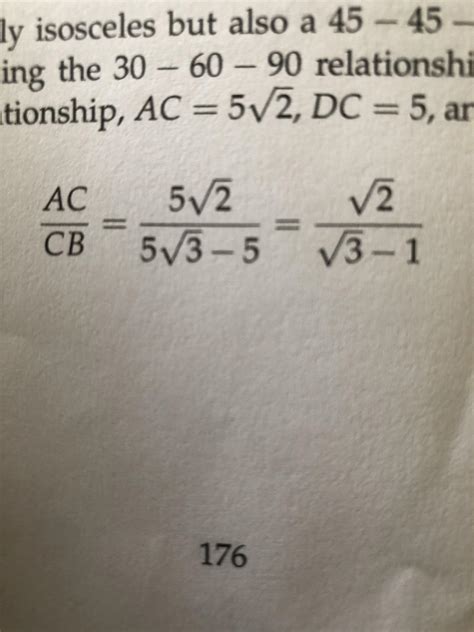- سبدخرید خالی است.
- ادامه خرید
Ethereum: Can someone explain how the Bitcoin Blockchain works?
Understanding Ethereum’s Blockchain: A Beginner’s Guide
As you explore the world of cryptocurrencies, it’s essential to grasp the underlying technology behind them. In this article, we’ll delve into the basics of Ethereum’s blockchain, making it easier for you to navigate and understand how it works.
What is a Blockchain?
A blockchain is a decentralized, digital ledger that records transactions across a network of computers. It’s the backbone of cryptocurrencies like Bitcoin, Ethereum, and others. Each block in the chain contains a record of transactions, ensuring the integrity and security of the data.
How Does a Blockchain Work?

Here’s a simplified explanation:
- Mining: New blocks are created through a process called mining, which involves solving complex mathematical problems. Miners use powerful computers to solve these problems, and in return, they’re rewarded with newly minted cryptocurrencies.
- Transactions: When a user wants to make a transaction, it’s broadcast to the network for verification.
- Verification: Nodes on the network verify the transactions, ensuring they’re legitimate and follow the rules set by the protocol.
- Block creation: Once verified, the transactions are collected into a block and added to the blockchain.
- Hash function: Each block is assigned a unique code called a “hash,” which serves as a digital fingerprint. This helps ensure the integrity of the block and prevents tampering.
How Does Ethereum’s Blockchain Work?
Ethereum’s blockchain, in particular, is designed to support smart contracts, which are self-executing contracts with the terms of the agreement written directly into lines of code. Here’s how it works:
- Blocks: Ethereum uses a proof-of-work (PoW) consensus algorithm to create new blocks.
- Transaction processing: When a user interacts with an Ethereum service, such as a smart contract or a decentralized application (dApp), their transaction is broadcast to the network.
- Verification: The transactions are verified by nodes on the network using complex mathematical algorithms and cryptographic techniques.
- Blockchain creation: Once verified, the transactions are added into a new block and linked to the previous block through a unique hash.
- Hash function: Each block is assigned a unique code called a “hash,” which serves as a digital fingerprint.
Reading Ethereum’s Blockchain
To understand how to read an Ethereum blockchain using the [Blockchain.info website]( follow these steps:
- Find your Ethereum address: Go to the [Ethereum Wallet]( and find your unique Ethereum address.
- Get the block explorer
: Click on the “Explorer” tab and select “Blockchain Explorer.”
- Enter your address: Enter your Ethereum address in the search bar.
- View transactions: The explorer will display a list of all transactions that have been confirmed, including the transaction ID, from which it originated, and to whom it was sent.
Tips for Beginners
- Make sure you understand what each section means before attempting to read an Ethereum blockchain.
- Familiarize yourself with basic cryptocurrency terms like “mining” and “hash function.”
- Practice reading transactions using online tools or tutorials to improve your understanding.
- Always keep your wallet secure to protect your private keys.
In conclusion, Ethereum’s blockchain is a complex but essential technology that underlies the world of cryptocurrencies. By understanding how it works, you’ll be better equipped to navigate and participate in this exciting field. Happy exploring!
